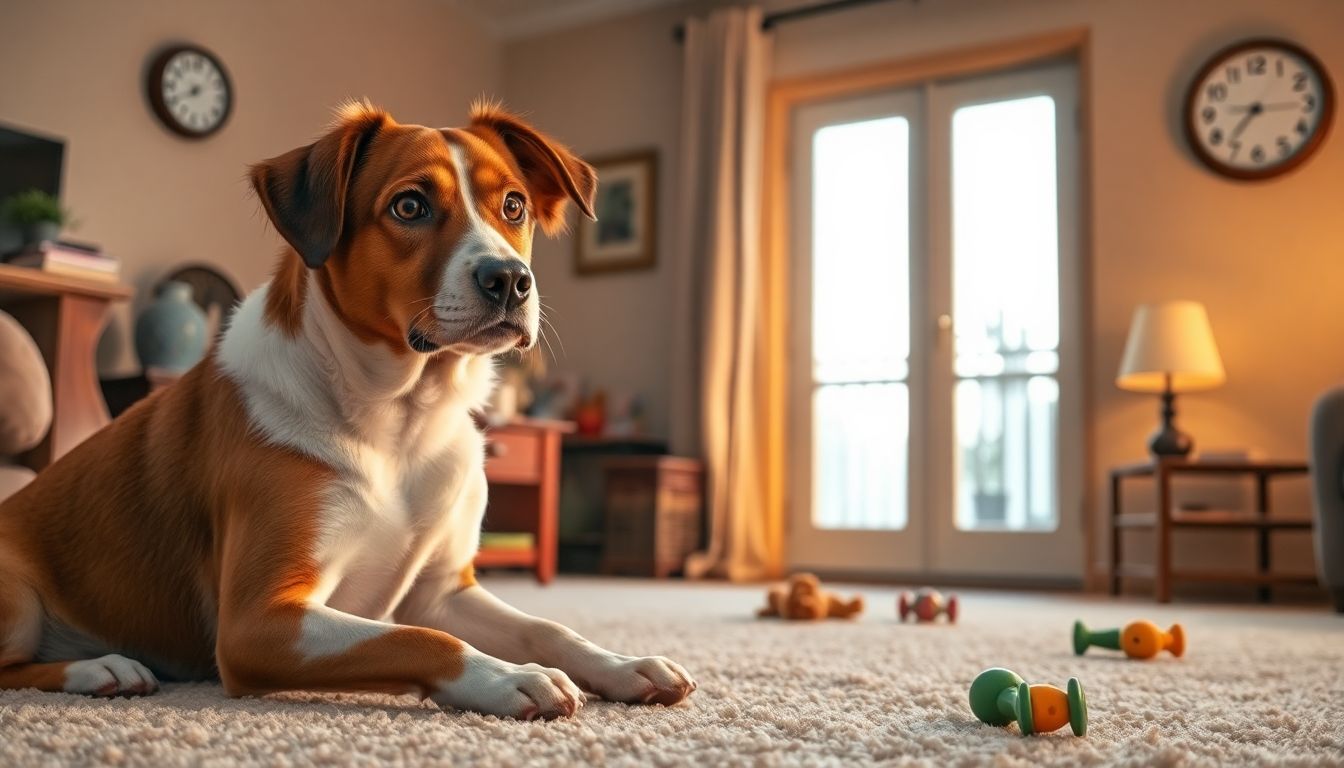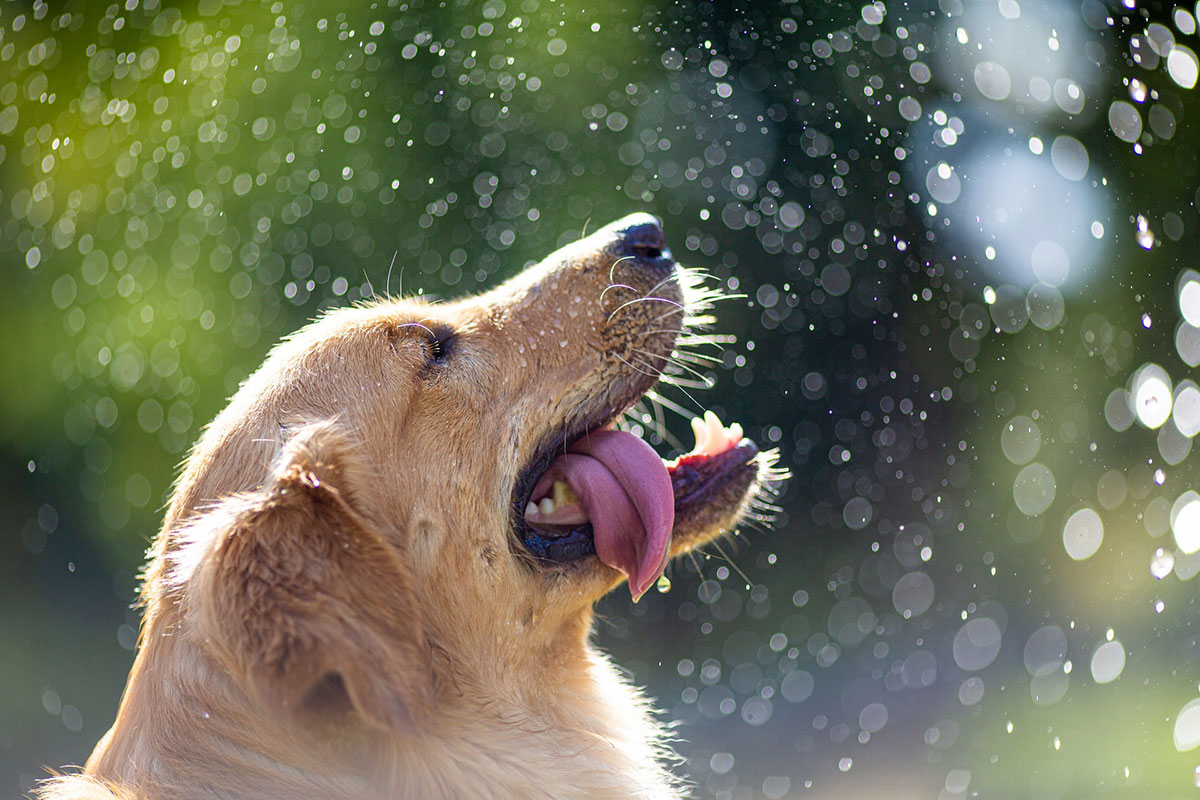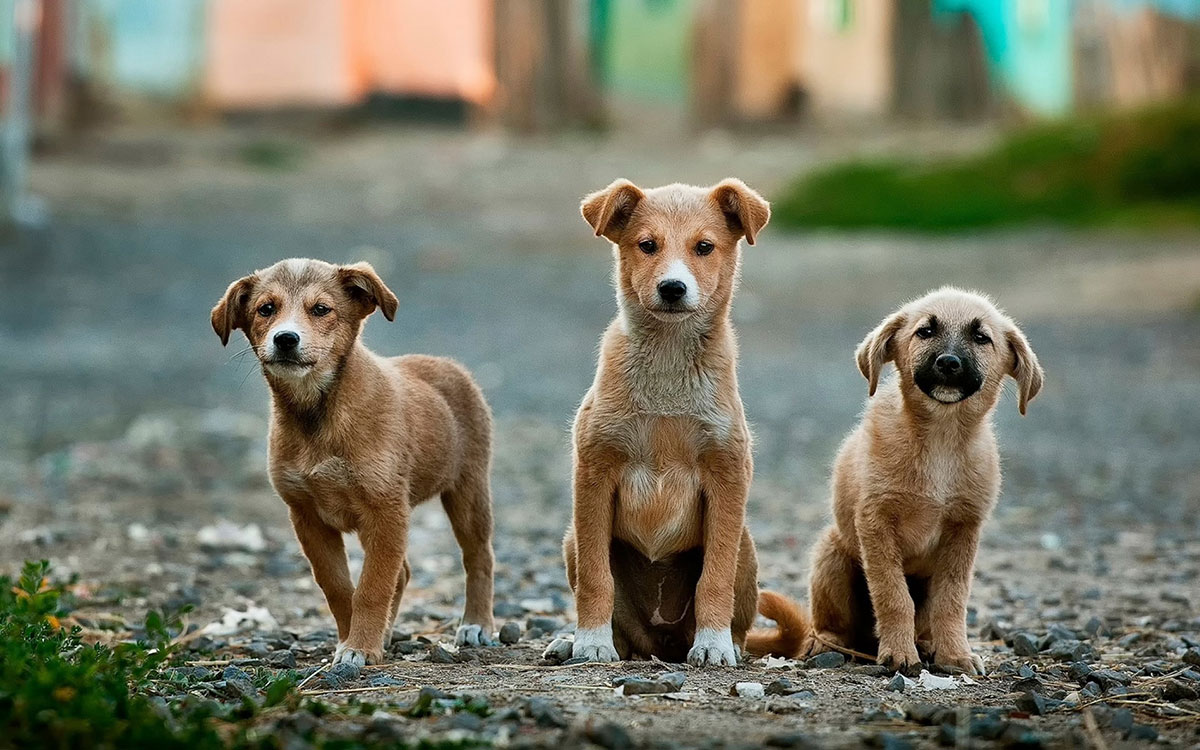Introduction
Separation anxiety in dogs is a serious problem. It affects how dogs feel—and behave—when their owner leaves. This condition can lead to stress and destructive actions, which also affects the owner’s peace of mind. With a well-planned training program, such fears can be eased. This guide explores the causes, symptoms, and most effective training strategies, along with expert tips and success stories.
Understanding Separation Anxiety in Dogs
What is Separation Anxiety?
Separation anxiety occurs when a dog becomes extremely distressed when left alone. It’s more than habit—it’s emotional distress. Dogs may bark, whine, or attempt to escape, showing their inability to cope without their owner.
Causes and Risk Factors
Some breeds like Border Collies, German Shepherds, and Labrador Retrievers are more prone to separation anxiety. Past trauma, abandonment, or inconsistent routines also contribute. The way an owner leaves and returns can influence a dog’s stress levels.
Effects of Separation Anxiety
Dogs may become destructive—chewing furniture, digging, or urinating indoors. Others bark excessively or show signs of panic. These behaviors strain the relationship and lower the dog’s quality of life.
Identification of Signs
- Excessive barking or whining
- Destructive behavior like chewing or digging
- House soiling despite being trained
- Pacing, drooling, or panting when alone
Consult a Veterinarian or Behaviorist
If symptoms are severe or persistent, professional intervention may be necessary. A vet can rule out medical issues, while a behaviorist provides tailored training solutions.
Training Methods to Ease Separation Anxiety
Desensitizing and Counterconditioning
Begin with short absences and gradually extend them. Leave your dog with a toy or treat to associate your departure with positive experiences.
Ensuring Security and Comfort
Create a safe, cozy space using familiar items like blankets and toys. Calming scents such as lavender can help reduce anxiety.
Building Independence
Encourage solo playtime with toys and puzzles. Avoid emotional goodbyes and hellos to reduce the dramatic impact of comings and goings.
Gradual Training Techniques
Start with 5-minute departures, rewarding calm behavior when you return. Track progress and adjust the routine as needed. Be consistent and patient.
Other Helpful Techniques and Tools
Use of Calming Aids
- Thundershirts that apply calming pressure
- Pheromone diffusers or calming sprays
- Soft music or white noise to mask outside distractions
Routine and Consistency
Keep daily routines predictable. Low-key departures and returns help normalize the experience of being alone for the dog.
Technological Help
Two-way cameras allow you to talk to your dog remotely. Automatic feeders and treat dispensers can provide interaction during your absence.
Conclusion
Dogs with separation anxiety need structured, compassionate training. Early recognition, consistent routines, positive reinforcement, and sometimes professional help will make a huge difference. Remember, this is a gradual process—patience and dedication will help your dog feel safe and confident when alone. Your time and effort will be rewarded with a more relaxed, happy companion.









